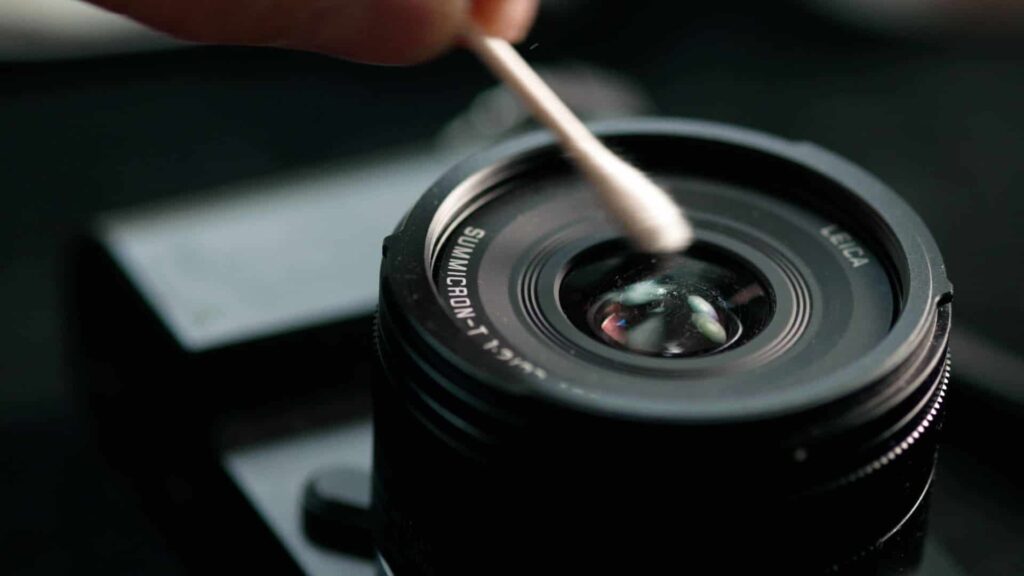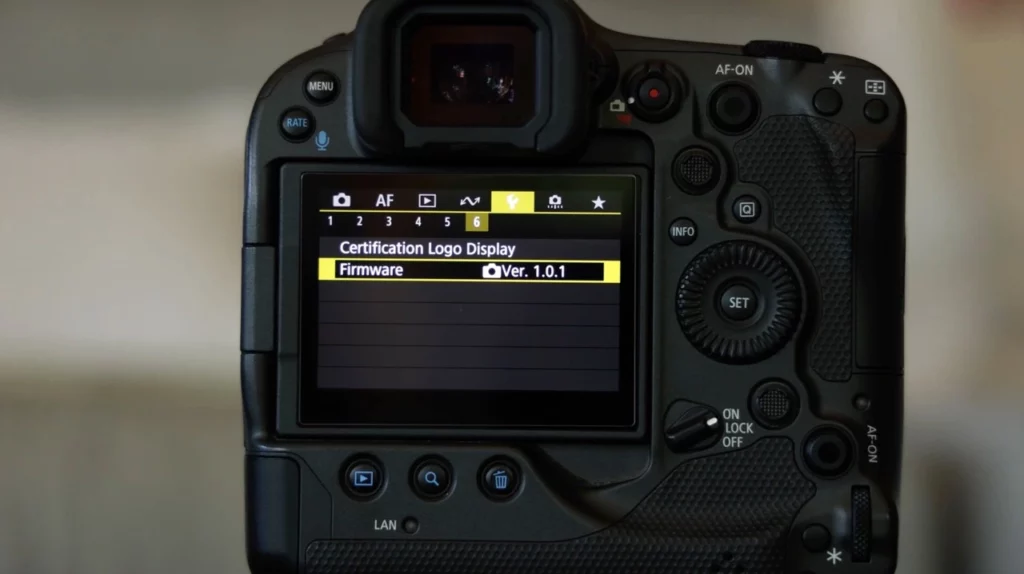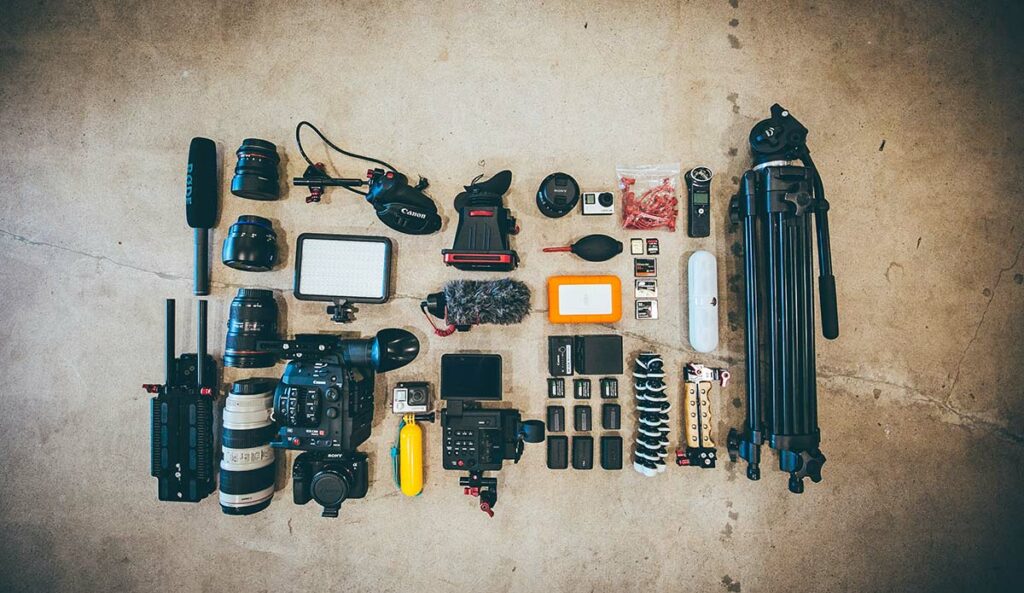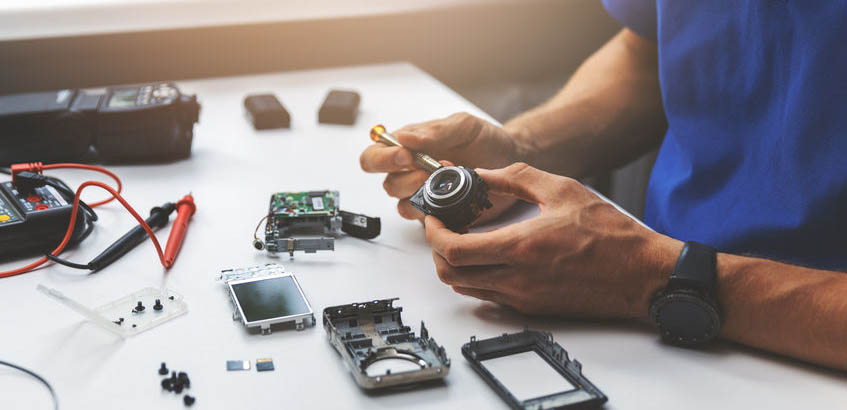In the world of photography, your DSLR or mirrorless camera is more than just a tool; it’s an investment in your passion. To ensure that your camera continues to deliver stunning shots, it’s crucial to prioritize regular maintenance.
BookThatStudio presents a guide in which we’ll explore the key aspects of maintaining DSLR and mirrorless cameras, helping you prolong their lifespan and optimize their performance.
Cleaning The Exterior

The exterior of your camera is constantly exposed to various elements, from dust to fingerprints. Regularly clean your camera body using a soft brush or blower to remove dust and debris. Wipe the surfaces gently with a microfiber cloth, and use a damp cloth for stubborn spots. Be cautious around sensitive areas like the lens mount, buttons, and LCD screen to avoid damage.
Lens

The lens is integral to your camera setup, and keeping it clean is paramount for sharp and clear images. Use a lens brush or blower to remove loose particles before wiping the lens with a microfiber cloth. For smudges or stubborn marks, use a lens cleaning solution and a lens tissue. Always follow proper techniques to avoid scratching the lens surface.
Camera Sensor

Dust particles can find their way into your camera’s sensor over time, affecting image quality. Use your camera’s built-in sensor cleaning function, if available. For a more thorough cleaning, consider using a sensor cleaning kit. Follow the manufacturer’s instructions carefully to avoid damaging the sensor.
Camera Battery

Batteries are the lifeblood of your camera, so ensuring they are in good condition is essential. Charge your batteries before every shoot and avoid letting them completely discharge. If you’re not using your camera for an extended period, store the batteries in a cool, dry place at around 40-60% charge to prevent degradation.
Firmware Updates

Manufacturers regularly release firmware updates that can improve your camera’s performance and add new features. Check your camera manufacturer’s website for updates and follow the instructions provided to keep your camera’s firmware up to date.
Accessories

Invest in camera accessories that offer additional protection. A lens hood can shield your lens from direct sunlight and impacts, while a UV filter provides an extra layer of protection for your lens. Consider using a camera bag to safeguard your equipment during transport.
Climate Conditions
Extreme temperatures and humidity can harm your camera. Avoid leaving your camera in direct sunlight for extended periods and store it in a dry, cool place when not in use. If you’ve been shooting in challenging conditions, allow your camera to acclimate to room temperature before exposing it to extreme conditions.
Conclusion
By incorporating these maintenance practices into your routine, you’ll not only protect your investment but also ensure that your DSLR or mirrorless camera consistently delivers exceptional results. Regular cleaning, proper care of lenses and sensors, battery maintenance, firmware updates, and protective measures all contribute to a long and healthy life for your camera, allowing you to focus on capturing the moments that matter most.
BookThatStudio is always trying to help photographers by posting blogs that are helpful for them. For your every need related to photography, please visit our website www.bookthatstudio.com.
Happy Shooting!


Leave a Reply